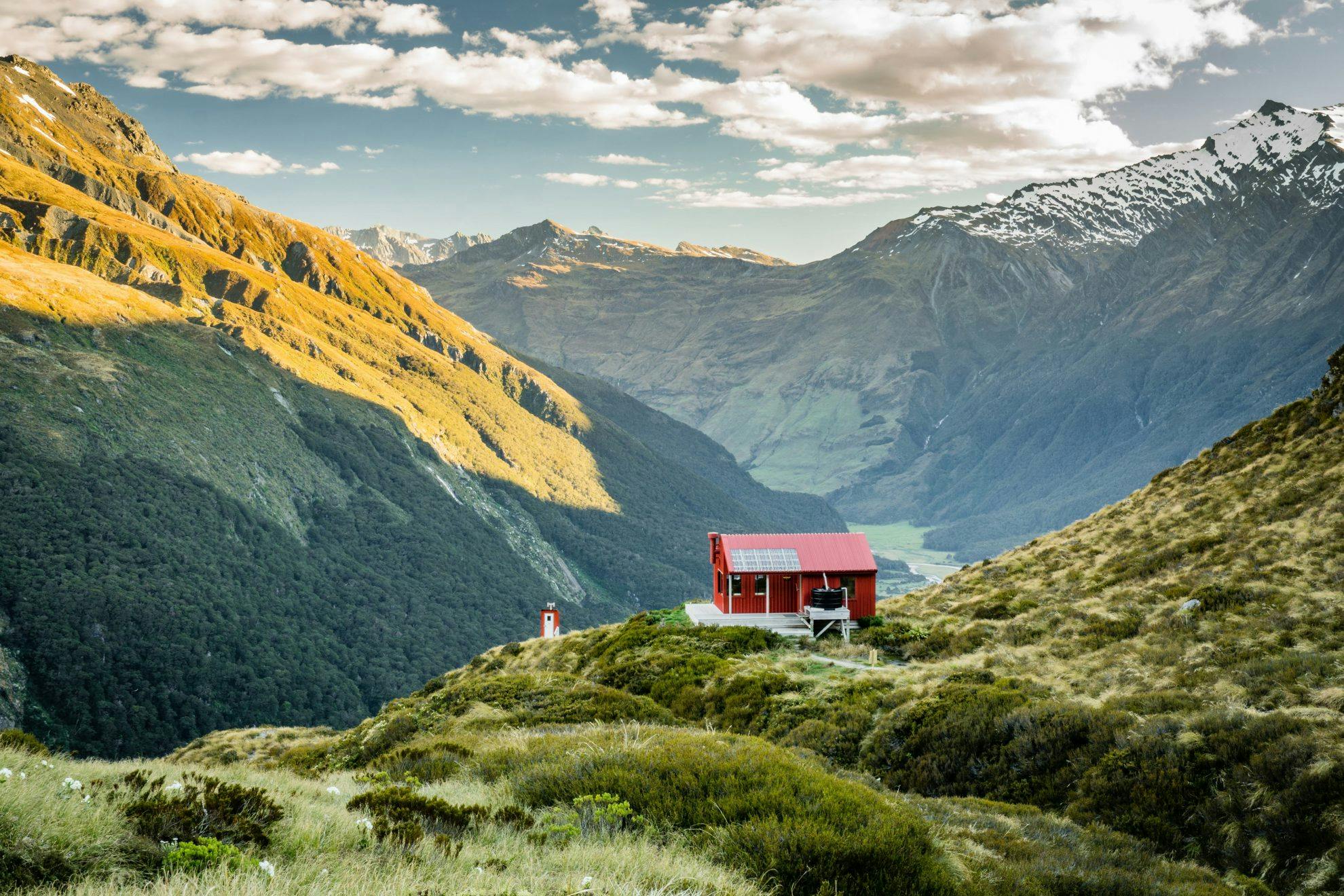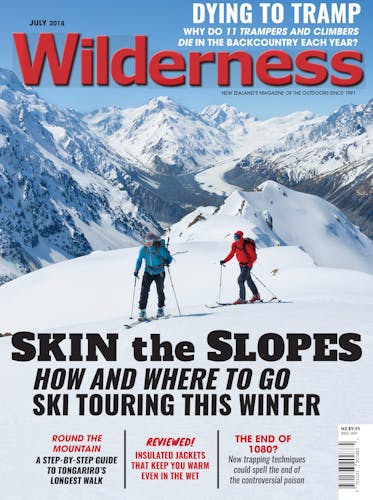Every year as many as 11 trampers and climbers die in the backcountry. How are they dying and how can you avoid it?
After a busy day at work in Christchurch, Erik Monasterio headed to a favourite rock climbing haunt in the Port Hills. He chose a climb he had done 20 times before and well within his 30 years experience, which has included knocking off peaks from the Andes to the Himalayas. And yet it nearly cost him his life.
“I went to do a few routes, but I knew I wasn’t in the right frame of mind,” Monasterio recalls. “I was fit and well within my capacity, but my head was too busy. I was distracted.”
Monasterio is still trying to piece together what exactly happened – somehow he slipped and fell seven metres. He was knocked unconscious and when he came to, he found himself on the ground and in immense pain.
“My climbing partner called the ambulance, but I knew it was going to be quite a while before they arrived. The pain was excruciating.”
Eventually, he was rushed to the hospital, where he spent a week recovering from two fractured vertebrae in his lower spine and a badly fractured wrist. Seven weeks later and well on the road to recovery, Monasterio says it was a lucky escape, and a painful reminder of how small errors can have nearly fatal consequences, even for the most experienced.
“I was lucky not to have ended up a paraplegic, or worse,” he says. “Just because you’ve got years of experience, one mistake could be the end of it.”
On average, three people die while mountaineering each year, and a further eight die while tramping. That’s according to a recent report, written by Whitireia polytechnic and commissioned by NZ Search and Rescue, which looked at every search and rescue fatality from 2010 to 2017. Out of 194 land-based search and rescue deaths, 56 were trampers and 21 were climbers. The biggest cause of death was falling (30 per cent), followed by drowning (26 per cent) and medical events (24 per cent). The findings are backed up by similar studies. The 2016 Mountain Safety Council report There and Back found an average of 7.5 trampers died each year – 53 per cent by falls, 18 per cent by drowning, nine per cent by hypothermia – and a coroner’s review into tramping deaths in the same year reached similar conclusions.
So what is causing so many people to die while climbing and tramping and can anything be done to reduce that number?
After 37 years as coroner in the South Island, David Crerar has investigated a great number of tramping deaths. He is also an experienced mountaineer who has climbed Aoraki/Mt Cook four times. He says he doesn’t believe in accidents in the hills.
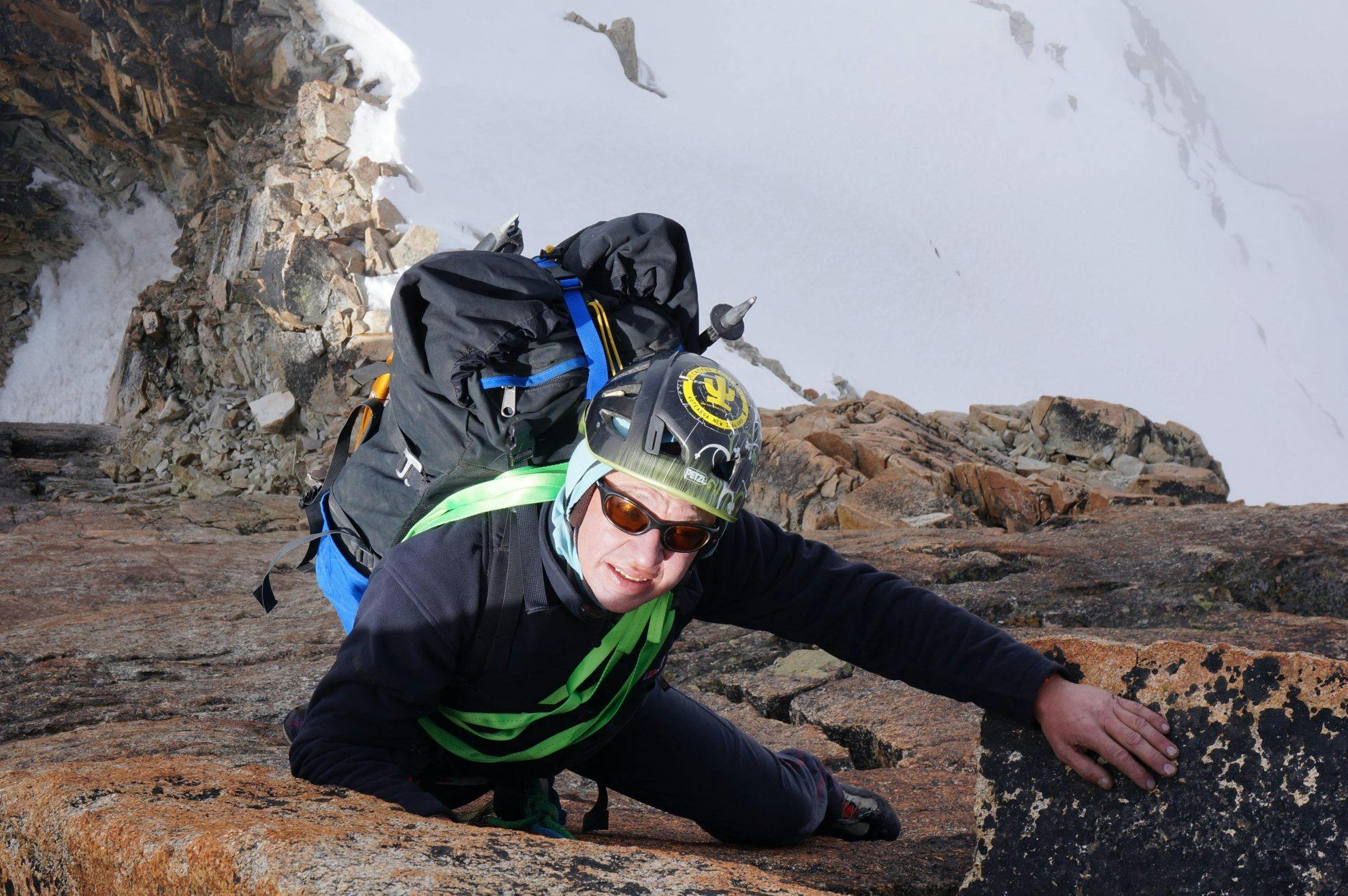
“Over my career, I would very rarely say a fatality was a tragic accident. There’s always an explanation and a number of factors. Whether someone has fallen, or the weather has deteriorated, things go from bad to worse, to worser – cumulatively, it ends up in a fatality.”
He says the biggest factor is that people underestimated the risks and make poor decisions. Usually that’s due to a lack of experience.
“All of my findings come down to ‘people don’t know what they don’t know’. A lot of errors are created by a lack of knowledge and a lack of consideration, or awareness, of the consequences.”
Read through coroner’s reports into tramping deaths and you see that people regularly underestimate the risk of pushing on in bad weather, attempting to cross a swollen river, of crossing a snowfield in sneakers.
The good news is, a lack of experience can be addressed – public campaigns can raise awareness of the risks and how to avoid them, and trampers can slowly build up their skills and learn from those who are more experienced. Crerar believes efforts to educate people about the dangers of river crossings have been effective, and greater knowledge of the best methods to safely cross rivers has resulted in fewer drownings.
Better clothing and education around the risks of hypothermia also appear to have been effective – the NZSAR study found only three people died of hypothermia in seven years. But Crerar says this may understate the risks – though hypothermia isn’t recorded as the ultimate cause of death, there are many cases where it is a significant factor.
The NZSAR report recommended a public campaign to address fatal falls – the biggest killer in the hills. The report noted that falling was more likely to be fatal when descending steep or unstable terrain and recommended creating an education programme around fall prevention and conducting further research into the cause of fatal falls.
‘When planting a foot during a descent, there is less opportunity to test the traction of the placement before the full weight of the body is committed to the step,’ the report said. ‘Despite the frequency of such accidents, experienced climbers and trampers are often unaware of such hazards.’
Simply making trampers aware that falling was the leading cause of death in the backcountry may help to reduce deaths, it said.
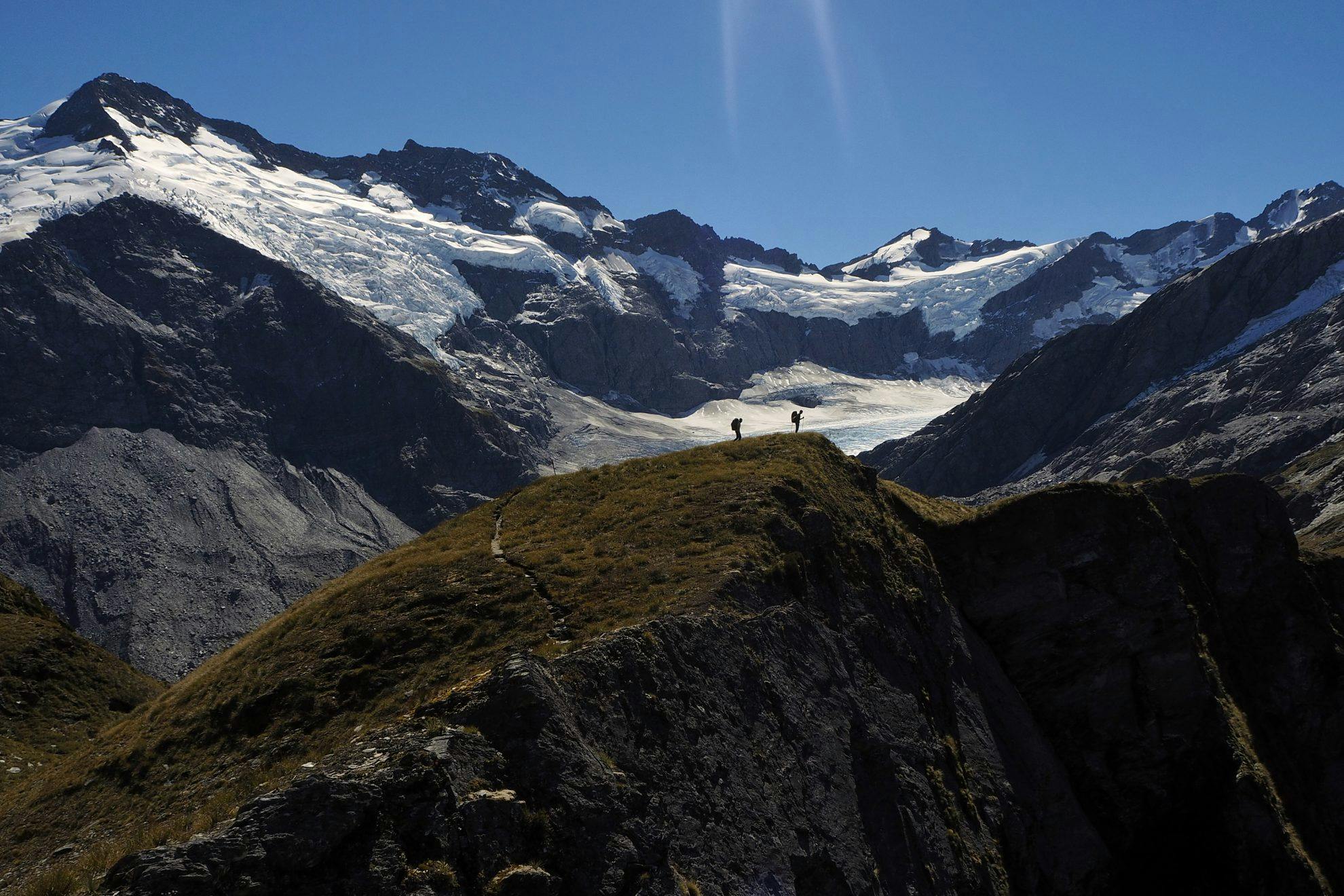
Crerar says wearing the wrong footwear for the terrain is a common factor in fatal falls.
“I’ve seen a lot of inappropriate footwear. You need proper footwear for conditions where a fall could be fatal and that means having a boot with a stiffer sole. A stiff sole gives far more support as it will grip on tussock or a piece of scree, whereas a less stiff sole is more likely to slip, and away you go.”
Wearing inadequate footwear was a factor in the death of two German trampers on the Cascade Saddle route in Mt Aspiring National Park in 2011 and 2012. Both were tramping alone, were under-prepared and lacked experience for the icy conditions near the saddle. They both fell down steep bluffs after encountering snow and ice.
“You could almost template them, they were that similar,” says Crerar.
He recalls two more cases involving experienced climbers who had the correct footwear – they just weren’t wearing it when they fell. One involved a man walking to Liverpool Hut in Mt Aspiring National Park, before attempting to climb Mt Barff.
“He had his climbing boots in his pack and he was wearing running shoes. There was an avalanche run-off quite close to the hut which he had to cross, but he slipped and fell to his death. He could see the hut and thought ‘another few steps and I’m safe and can settle down and climb tomorrow’.”
Another tragic example occurred in 2014, when a climber was flown to Tasman Saddle Hut, but slipped and fell on ice while walking between the hut and the helicopter. He was carrying supplies and was unable to self-arrest and slipped down a gully, over a bluff, and later died.
While many deaths can be explained by inexperience, these cases also show how psychological factors can act as a catalyst, pushing people into making poor choices. The climbers were so close to safety, with just metres to go to reach the hut, that they ignored the risks.
Erik Monasterio’s climbing accident is another classic case where the psychological factor was most important. Despite his years of experience, his mindset led to an almost fatal error. And he should know better than most – he is a forensic psychiatrist and has spent years researching what drives climbers and extreme sports athletes to undertake high-risk activities.
He says our ability to assess risk and make good decisions are influenced by a number of factors – some of which are hardwired into us. He found climbers were typified by the adventure-seeking personality type.
“They are people who are high on the novelty-seeking scale, which means they want new and exciting experiences,” Monasterio says. “They also have a greater appetite for risk than the general population and tend to underestimate risk while overestimating their capacity to manage it.”
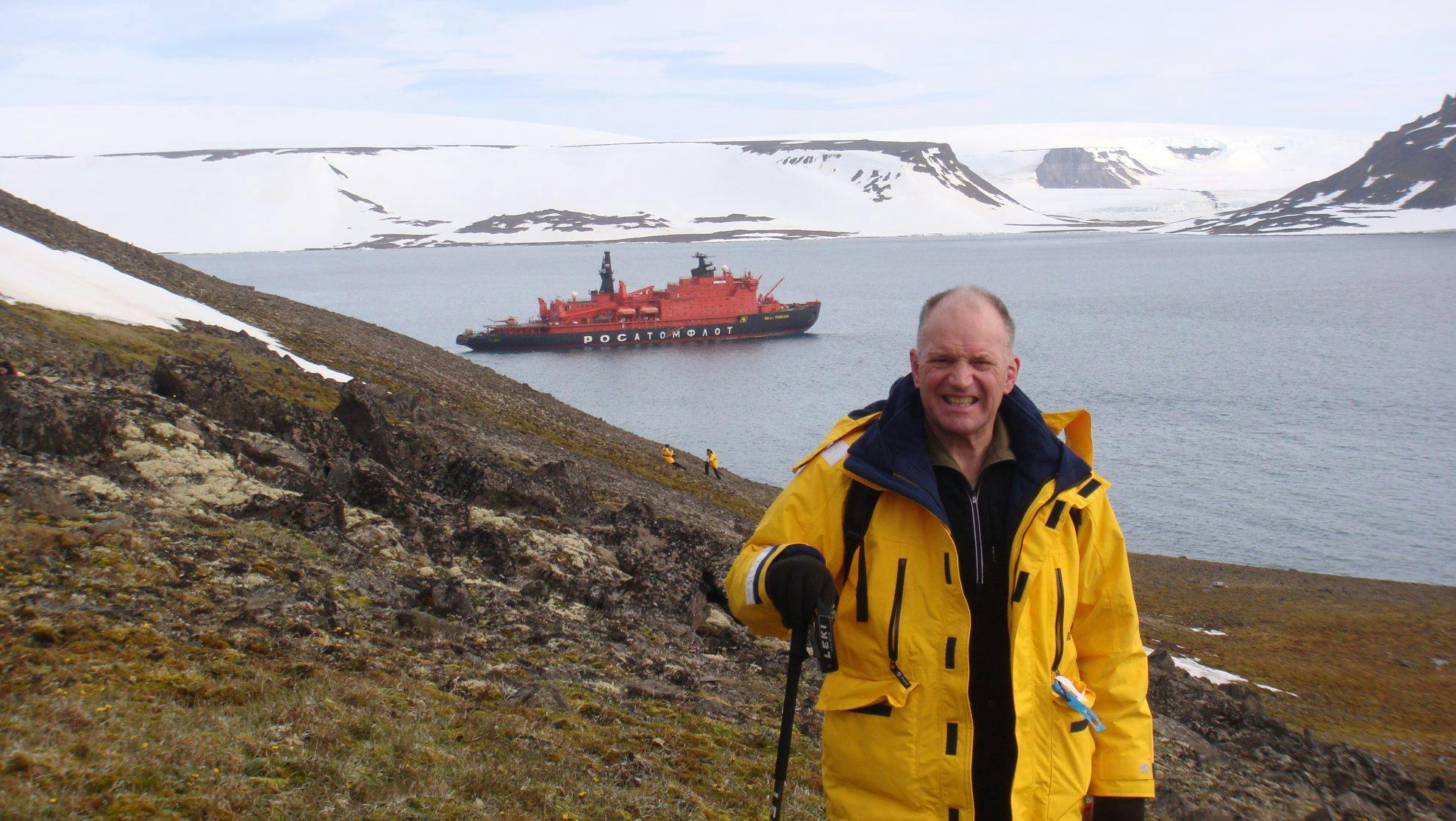
These characteristics have a habit of putting them in harm’s way. Monasterio interviewed 49 climbers for one study – four of whom died in climbing accidents before it was published. He says the same adventure-seeking characteristics are likely true of trampers, albeit in a lower-risk environment. So how can you combat your own personality type? Monasterio says if you can understand your own biases, you can attempt to counteract them and make more informed decisions.
“People need to be aware of their ingrained bias. Some people will just be more likely to underestimate risk. In difficult situations, these traits become accentuated.”
Monasterio says gaining experience with the psychological conditions that you will encounter when making a fateful decision is important.
“You need to develop an awareness of how well you function under stress and test and develop that by getting experience making decisions under pressure. If you are able to test that in relatively low-risk situations, by building up your experience slowly, you will increase your ability to function under pressure.”
Understanding different personality types can also be useful for choosing your tramping companions.
“The best traits to look for are people who are self-directive,” Monasterio says. “They are able to be disciplined, plan long-term and have a high degree of autonomy and willpower.
“The second trait is cooperation – how well you work with others and make decisions within a group are very important. There is a correlation with low cooperation personality types and the risk of climbing injury.”
So how does Monasterio view his own brush with death?
“My head was too busy and I was distracted. I was climbing a route that had very little protection – if I fell there would be high consequences – so I shouldn’t have climbed that route on that day.”
Tramping alone is another catalyst for bad decisions.
“Two brains are better than one,” Crerar says. “To sit and talk to somebody and say ‘are we doing the right thing here’ is incredibly important.
“Often you don’t even know you need to make a decision – it takes someone else to say, ‘should we be continuing here’? It doesn’t just apply to tramping; it happens in work situations as well. I would consistently include in my recommendations that for employees in dangerous occupations, joint decision-making is important.”
Basic skills like ensuring you are well hydrated and have enough energy can also make a major difference. A number of tramping and climbing deaths involve people who are hungry, thirsty and tired – it all contributes to making a fatal decision. It’s also worth noting that being male between the ages of 16 and 24, and 50 and 64 also dramatically increases the risk of coming to grief in the hills. Seventy-five per cent of tramping fatalities are men.
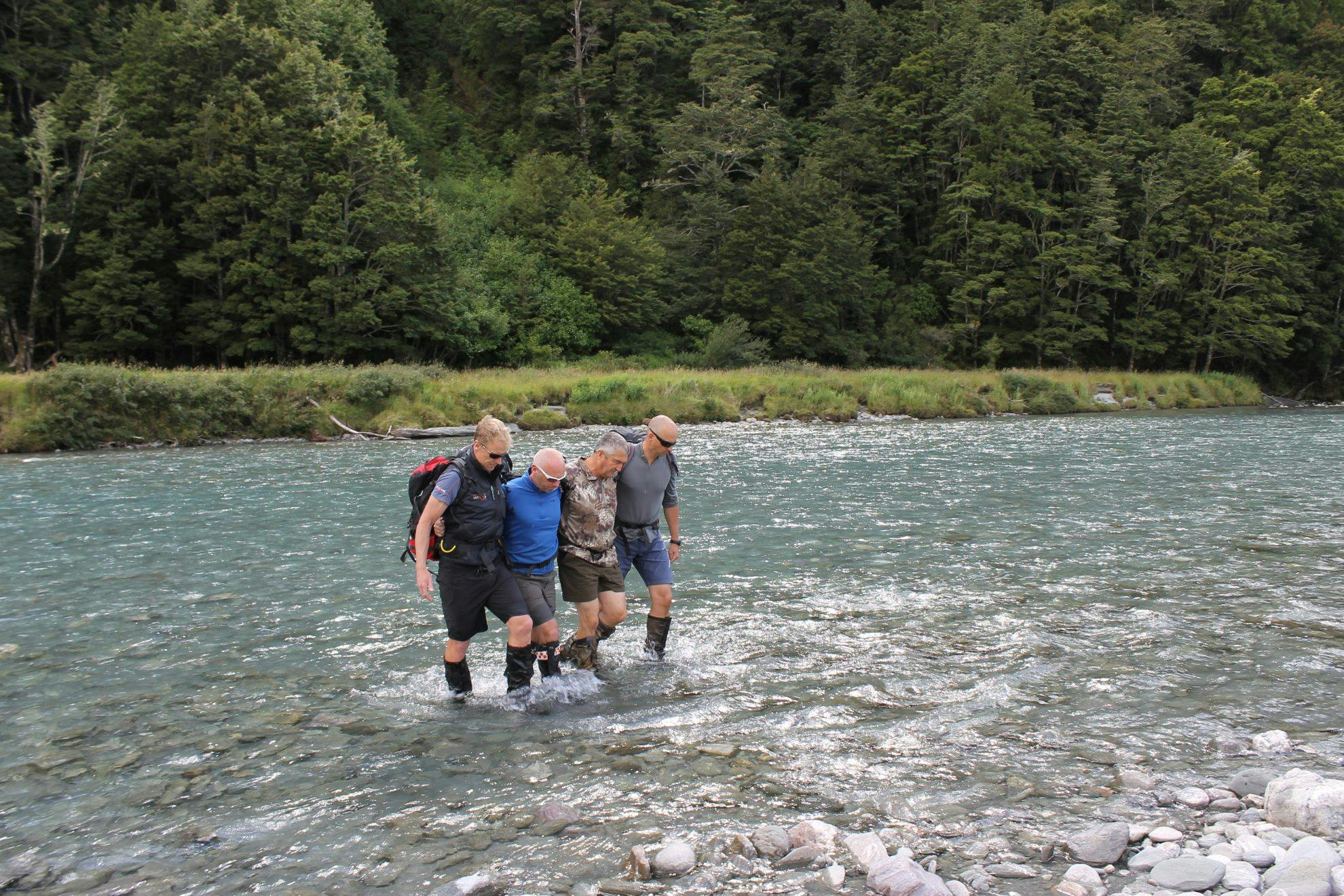
But sometimes, dying on a tramp is unavoidable. Twenty-four per cent of LandSAR recorded deaths were medical events and it is a cause of death that may become more common, due to the aging population. David Crerar says there’s not a lot that can be done to reduce that number.
“You’re better off dying exercising than sitting at home,” he says.
In May, Otago Tramping and Mountaineering Club members attempted a shoulder-season tramp of the Routeburn Track. The group left Dunedin on Friday after work and reached the eastern trailhead just before midnight. The group donned packs and set off for the first hut – an easy and relatively flat hour-long walk up the Routeburn Valley. But just minutes in, one of the party collapsed – a 68-year-old man who had recently joined the club.
He had no vital signs at all,” club president Richard Forbes recalls. “It was pretty full on.”
The trampers activated a personal locator beacon and began CPR. After an hour of waiting, and no sign of a helicopter, Forbes drove to the nearby Routeburn Station to call for help. An ambulance and fire engine arrived 20 minutes later, but there was nothing they could do.
The club had all the right equipment and did all they could. Forbes had a list of known medical conditions and contact details for the next of kin of all 21 people on the trip – but he says it was still a harrowing experience.
“It was quite traumatic for all involved. We have systems in place if things go wrong, but we almost never have to use them. But that in itself was quite comforting.”
And where was the PLB response? Forbes said that because operators at the Rescue Coordination Centre could see it had been activated at the start of the track, they weren’t sure about the nature of the emergency and decided to send a police car and ambulance from Queenstown, which took about two hours to arrive.
But with hundreds of thousands of people heading into the backcountry each year, the chances of coming to grief are still relatively low, especially if you exercise basic caution.
Former FMC president and author of Safety in the Mountains, Robin McNeill, is sceptical of the benefits of crunching the numbers on tramping fatalities. He says people need to take risks to gain experience. Beyond learning the basic skills, sometimes you’ve just got to roll the dice.
“When you think of the thousands of people who walk over the Routeburn Track each year – and you hear of people walking it in high heels and carrying plastic shopping bags – bugger all of them die,” McNeill says. “You have to be very unlucky.
“The trick is to learn from your mistakes in ways that don’t kill you, or hurt you too much.”





